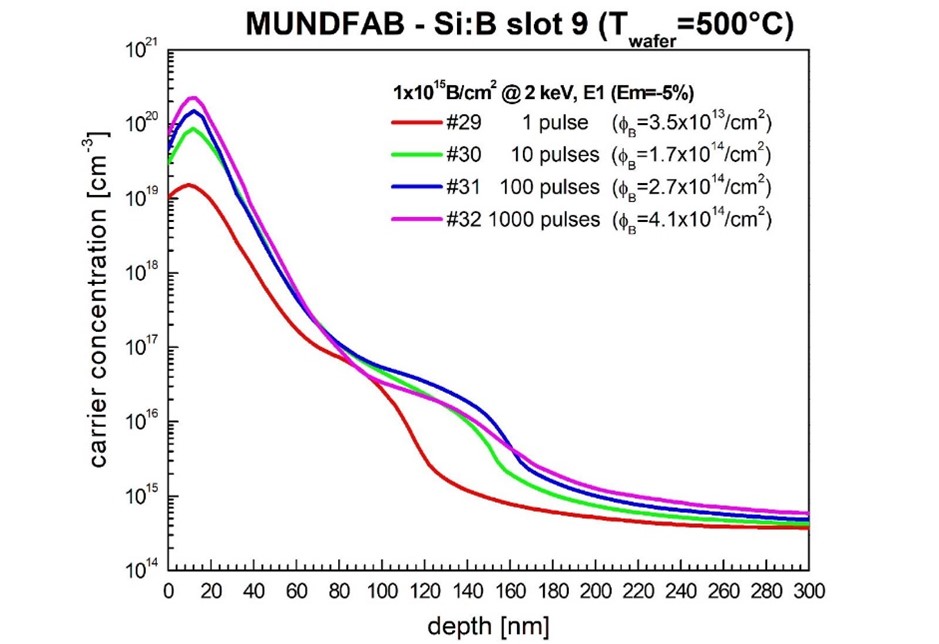Explore the offer
Upscale to Intermediate TRL / Electrical Analysis
SPREADING RESISTANCE PROFILING

The Spreading Resistance Profiling (SRP) technique is an established methodology that is in use in both industry and research for measuring resistance profiles and, following calibration, the density profiles of active carriers in state-of-the-art semiconductor geometries. Two metallic probes, between which a controlled potential (small VSRP=5 mV, for Si or Ge) is applied, are used to quantify the charge carrier distributions as a function of depth. Depth information is obtained by stepping down the probes along a bevelled surface of the sample. During the measurement a resistance profile is acquired, which is computed and converted into resistivity and carrier concentration by means of calibration curves (mobility parameters of monocrystalline materials). A particular algorithm is also applied which corrects for sampling volume effects in case of ultra-shallow profiles.

Available instruments
Select instruments to view their specifications and compare them (3 max)
Lab's Facility
Catania